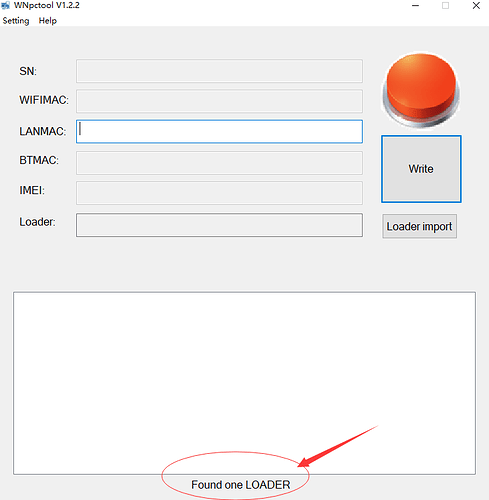

This is a really profound advantage that Intel supporters seem not to want to face up to. As I showed, the efficiency advantage is not just a few percent, but a factor of 3x-4x improvement, as implied by Srouji's chart. This was the point of my previous article on the Mac transition to ARM-based processors. He didn't offer any quantitative comparison with Intel, but in the graphic below, he implied that Apple desktop Macs would have equal or better performance than Intel with the power consumption of a typical laptop:

During the keynote, Apple's silicon lead, Johny Srouji, explained that it was the much greater efficiency of Apple Silicon (AS) that motivated the switch. With the announcement, Apple has laid to rest the technical questions, although I haven't seen much acknowledgment of this in the tech media. So, there were both technical questions as well as business model questions. And it could also be claimed that commodity processors would continue to be more economical to use in PCs. At least, it was difficult, while Apple was still using Intel silicon in its Macs.Īs long as that was the case, it could be claimed that ARM processors were only suitable for mobile devices. The new paradigm has been widely influential and imitated in the mobile device world by the likes of Huawei and Samsung ( OTCPK:SSNLF), but it was difficult to make the case that it would ever expand to more general personal computing or even the datacenter. Apple was, in effect, a fabless semiconductor company that only sold its semiconductors in finished products. Apple's custom silicon was based on ARM architecture for its CPU, but also used custom Apple designs for another important part of the SOC, the graphics processor.īut the new paradigm went beyond processor design, since it involved tight integration of device hardware and software.

In contrast to the commodity PC model, Apple designed its own systems on chip (SOCs) for its i-devices and had these fabricated by a silicon foundry, Taiwan Semiconductor Manufacturing Company ( TSM). In making an investment case for Apple, I have for some time emphasized the importance of what I called the new paradigm as exemplified by Apple's iOS devices. Source: Apple The advantages of Apple Silicon Johny Srouji, SVP Hardware Technologies, explains the advantages of Apple Silicon at WWDC. The handwriting truly is on the wall for Intel and AMD, if only they're willing to read it.

Although the revenue at stake is not as large as for iOS devices, this was a huge step forward for the new silicon paradigm that Apple has pioneered, and the beginning of the end of the dominance of x86 in personal computing. At its World Wide Developer Conference this year, Apple ( NASDAQ: AAPL) announced that it was transitioning the Mac product line away from Intel ( INTC) and AMD ( AMD) to its own custom silicon.


 0 kommentar(er)
0 kommentar(er)
